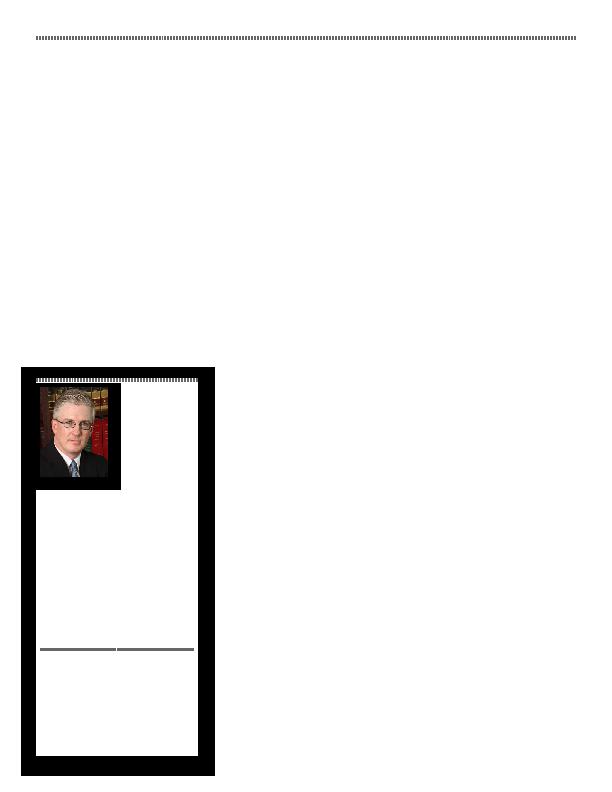
Tactics to Employ for Early Resolution
defense industry as a whole is cyclical;
however, it has and always will remain
a results-oriented practice. With the
infusion of litigation monitoring software
over the past decade, the claims climate
has changed. The three primary factors
that corporations consider when faced
with ligitation are as follows:
general counsel looks for the seasoned
defense attorney to quickly implement
several practical strategies to quickly
achieve the best results. This article
outlines some initial tactics and methods
that can be utilized by in-house or
outside counsel.
Many litigators and trial attorneys
have been trained over the past 30 years
to "bunker down" in battle and to win at
all costs in defending clients in lengthy
litigation proceedings. Sometimes that
approach is necessary and effective,
depending upon the type of case involved
and the parties' appetite for a trial.
However, with routine cases, corporations
do not want their lawyers to win a battle
but to "lose the war" when it comes to
excessive defense costs and protracted
litigation. The "bunker down" approach to
litigation is usually disfavored.
Immediate and proactive strategic
planning must be implemented upon
the initial review of the claim. The end
result of concluding litigation at a low
reasonable cost is not likely when the
litigation approach is reactive as opposed
to proactive.
steps are vital. Early identification of
personal issues pertaining to the plaintiff
can provide the roadmap for the initial
litigation strategy. One of the best initial
tools is often Google or other search
engines. The following issues should
be explored during the initial pleading
stage, especially before the plaintiff's
attorney starts advising his or her client
party depositions become scheduled.
Discover whether there are resident
relatives of plaintiff, where do her
children or spouse (possibly former
spouse) reside, are in-laws involved
with plaintiff on a day to day basis?
for whom, does plaintiff work, who
are the prior employers, what are the
patterns in terms of departures from
employment.
Identify any co-workers, supervisors,
or prior supervisors.
postings by plaintiff, family members
and employers. Social media posts
often contain photos of plaintiff
before and after an incident.
criminal background searches
immediately through government
sponsored sites so that information is
obtained before any depositions are
conducted.
attorney has forwarded medical
records on a pre-litigation basis to the
insurance carrier, conduct general
searches on the treating physicians
and surgeons.
consideration:
resides in Bronx County, New York,
in an apartment with her son, her
Johs Avallone Aviles, LLP. His practice focuses
on the representation of commercial clients in
transportation law and complex civil litigation.
He defends numerous corporate and commercial
clients in state and federal courts involving
commercial litigation and casualty defense
litigation, including catastrophic trucking
accidents, construction accidents, employment
matters, products liability, dram shop actions and
premises security.
One CA Plaza, Suite 225
Islandia, New York 11749
631.755.0117 Fax
tjdargan@lewisjohs.com